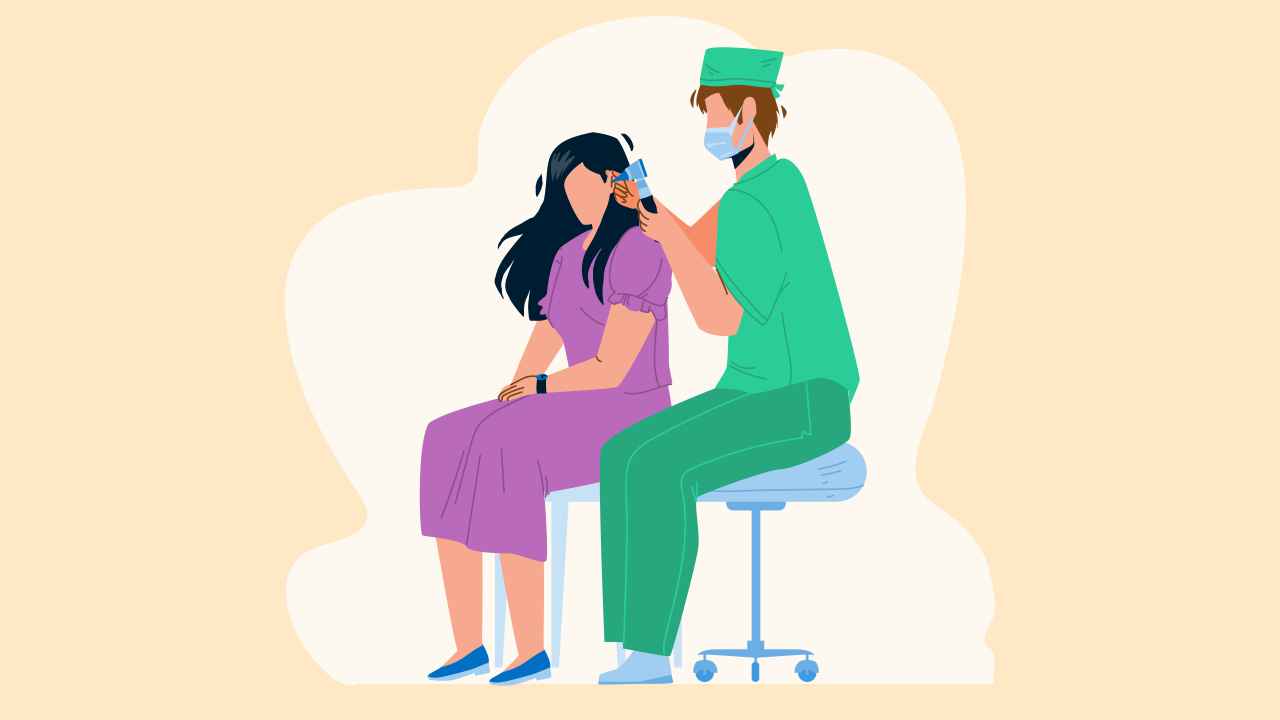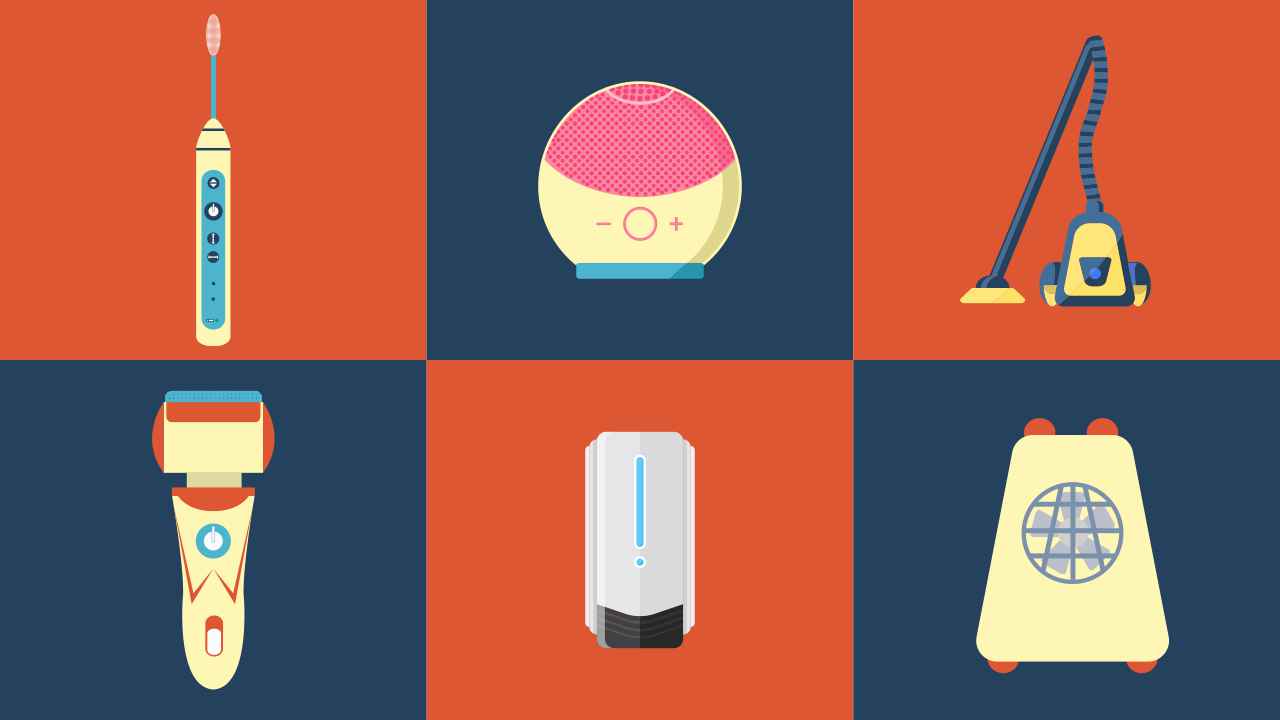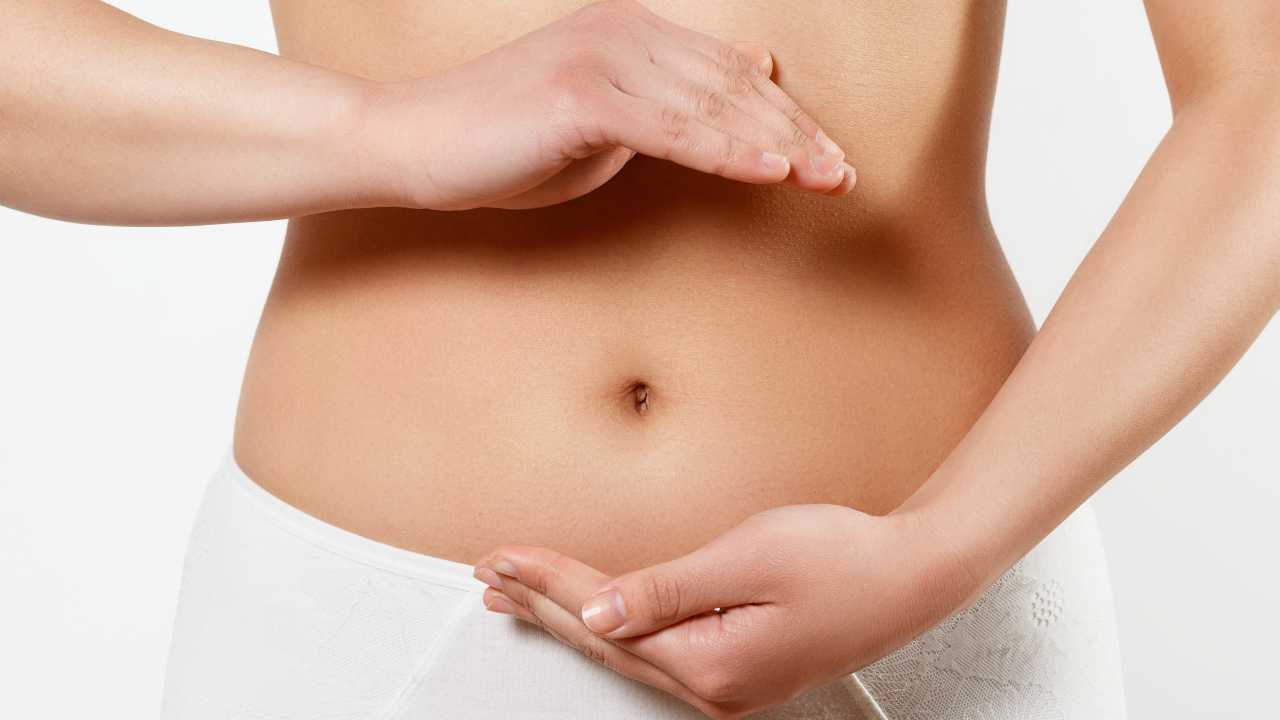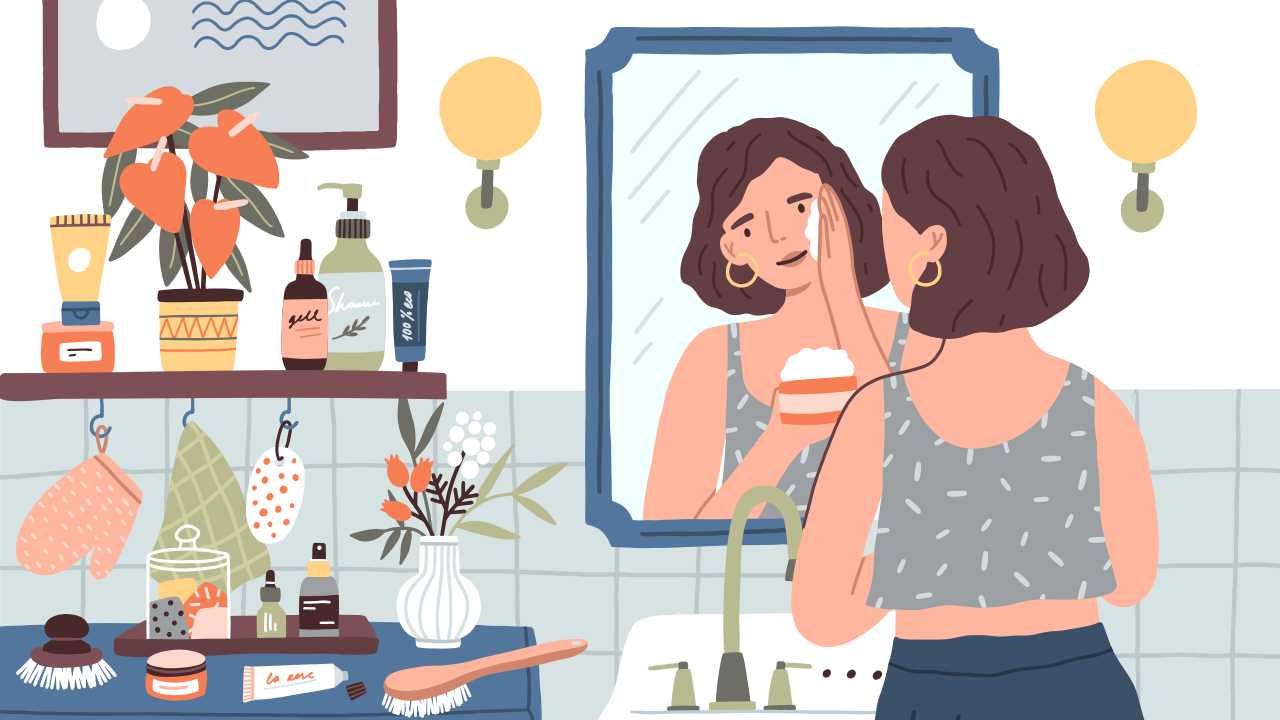
Menstrual Hygiene: A Checklist for Your Period
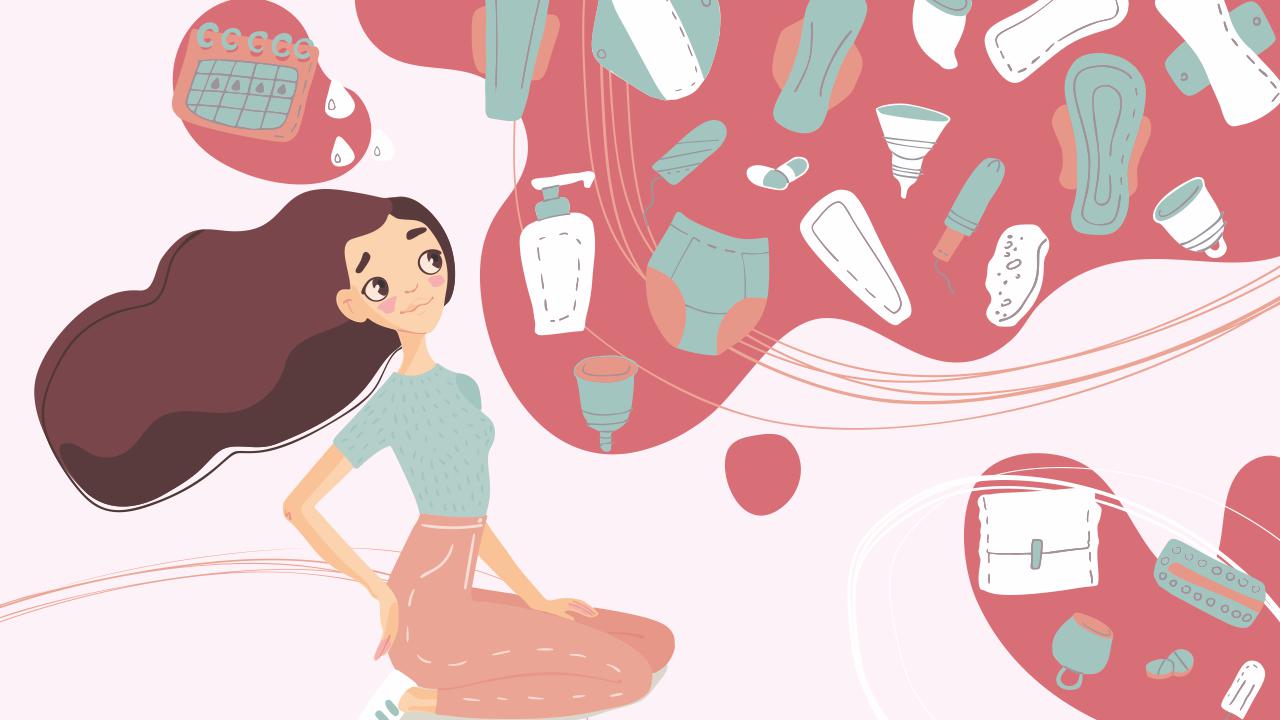
Menstruation is the discharge of blood and mucosal tissue from the inner lining of the uterus through the vagina of a woman. Each month, one of your ovaries releases an egg to be fertilized by a sperm. If fertilization does not occur, the thickened uterine wall sheds in the form of a typically 28-day cycle that is menstruation. Usually, girls have their first menstrual cycle, menarche, during their teens. Menopause, which most women experience during their late 50s, marks the end of the menstrual cycle or the reproductive years. Unsound menstrual hygiene practices during this time can give rise to rashes, itchiness, and offensive odor.
So, what should you do to ensure a clean and sanitary period? We share some cues.
Choose wisely
Whether you choose to wear a pad, tampon, or a menstrual cup, make sure it is clean, unopened, and disposed of properly. Use products made from natural fibers like cotton. Synthetic weaves tend to cause allergies and rashes in and around the perineal area (between the anus and vaginal opening). In case of a menstrual cup, make sure you choose the right size and sterilize it before and after use. Always remember to wash your hands before and after using sanitary products.
Change sanitary products at regular intervals
You can change your menstrual cup every 10 to 12 hours, depending on your flow and comfort. Sanitary napkins or tampons however, should be changed at least every six hours. Don’t wait for your pad to get fully soaked, as blood acts as a nutrient source for bacteria to grow and cause vaginal or urinary tract infections and rashes.
Wash thoroughly
While on period, blood may enter tiny folds and spaces such as the labia in the genital area. If left there for too long, it can cause bad odor. You would need to wash yourself thoroughly with clean water to remove excess blood before you change into a new pad. Remember to always wash yourself from front to back (from the vagina to the anus) and not the other way round. This will keep bacteria away from the urethra and reduce chances of contracting a urinary tract infection.
Bathe regularly
Bathing helps clean your body along with the private parts. A warm water bath can relieve menstrual cramps and backaches, while elevating your mood and making you feel less bloated.
Do not use soaps or vaginal hygiene products
The vagina is a self-cleaning organ and contains many good bacteria that protect you from infections. Bacteria such as lactobacilli help keep the vaginal pH acidic, ie, below 4.5, which prevents the growth of other organisms. Soaps and vaginal hygiene products may have an adverse effect on the vaginal pH. You can use mild soap on the external genitalia (vulva), but never in your vagina. Washing with plain water is all you need to keep your vagina healthy.
Stay dry
You may think pad rash is common, but it occurs when there is too much wetness or heavy flow. Overused pads tend to rub on your skin, causing chafing and rash. It’s recommended that you stay as dry as possible by changing sanitary napkins or tampons as frequently as necessary. In case you get a rash, wash with clean water and apply antiseptic powder or an antibacterial gel or cream. If the rash worsens, consult a doctor.
Discard sanitary products properly
Always wrap your pads and tampons in paper before discarding them, so they do not spread infection and bad odour. Never flush them down the toilet — they can choke up the plumbing. Always remember to wash your hands after discarding them.
Use one hygiene product at a time
Many women tend to use two pads or combine pads and tampons during their menstrual cycle to avoid changing frequently. But this is poor menstrual hygiene. It can lead to infections and rashes, and even cause Toxic Shock Syndrome (TSS), where overgrowth of bacteria releases toxins and can result in high fever, low blood pressure, and life-threatening sepsis.
Wear comfortable clothing
Wear clean cotton panties and comfortable loose clothing to allow air flow and prevent sweating. This will help alleviate the discomfort that often accompanies the period.
Carry extra pad/ tampon
During your periods, carry extra pads or tampons so that you can change on time. Remember to store the products in a pouch so they are not exposed to bacteria, thereby raising the chances of infection.
Use a condom during sex
The odds of getting pregnant while you are on your period is low, however they are not zero. By using a condom you not only prevent the risk of getting pregnant, you also protect yourself from sexually transmitted disease (STD). Condoms provide a barrier against STDs such as chlamydia, genital herpes, gonorrhea that are transmitted through body fluids.
Sound menstrual hygiene is essential for your overall well-being and reproductive health. It will also save you from acute discomfort and help you go about your daily routine without feeling ill at ease and unclean.
References
1. Keeping your vagina clean and healthy. NHS. https://www.nhs.uk/live-well/sexual-health/keeping-your-vagina-clean-and-healthy/ (accessed Mar 18, 2021).
2. Kaur R. Menstrual Hygiene, Management, and Waste Disposal: Practices and Challenges Faced by Girls/Women of Developing Countries. J Environ Public Health 2018; 2018: 1730964.
3. Guide to Menstrual Hygiene Materials. UNICEF. 2019. https://www.unicef.org/wash/files/UNICEF-Guide-menstrual-hygiene-materials-2019.pdf (accessed Mar 18, 2021).
4. Weiner CD. Do you make any of these 7 menstrual hygiene mistakes? Texas Children’s Hospital. https://women.texaschildrens.org/blog/do-you-make-any-these-7-menstrual-hygiene-mistakes (accessed Mar 2, 2021).




